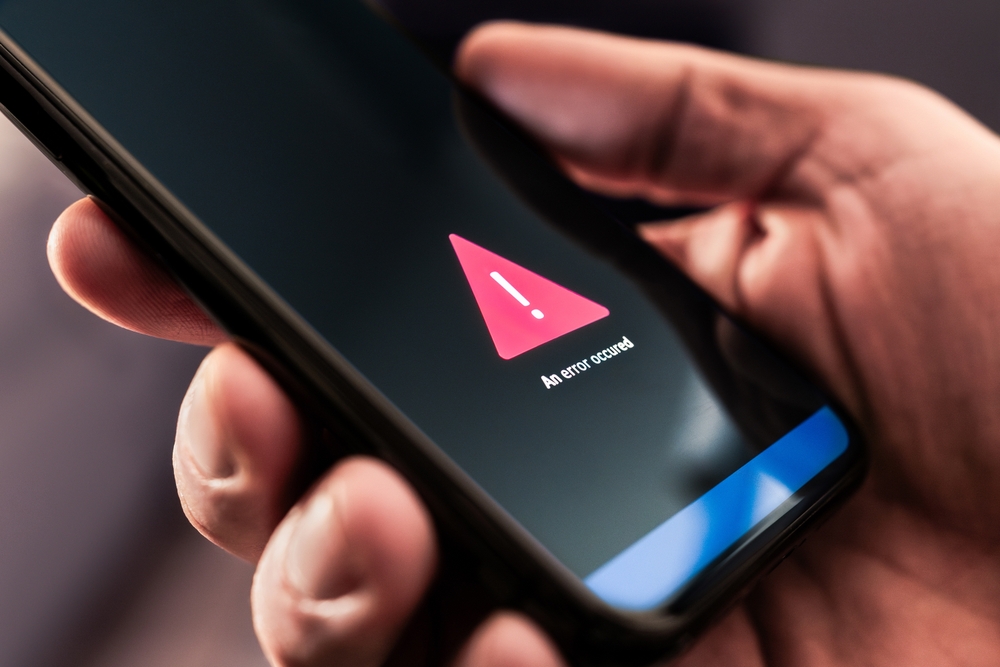Officials warn of a SIM-swapping scam that lets criminals steal money and personal data.
Others are reading now
Officials warn of a SIM-swapping scam that lets criminals steal money and personal data.
A growing cyber threat
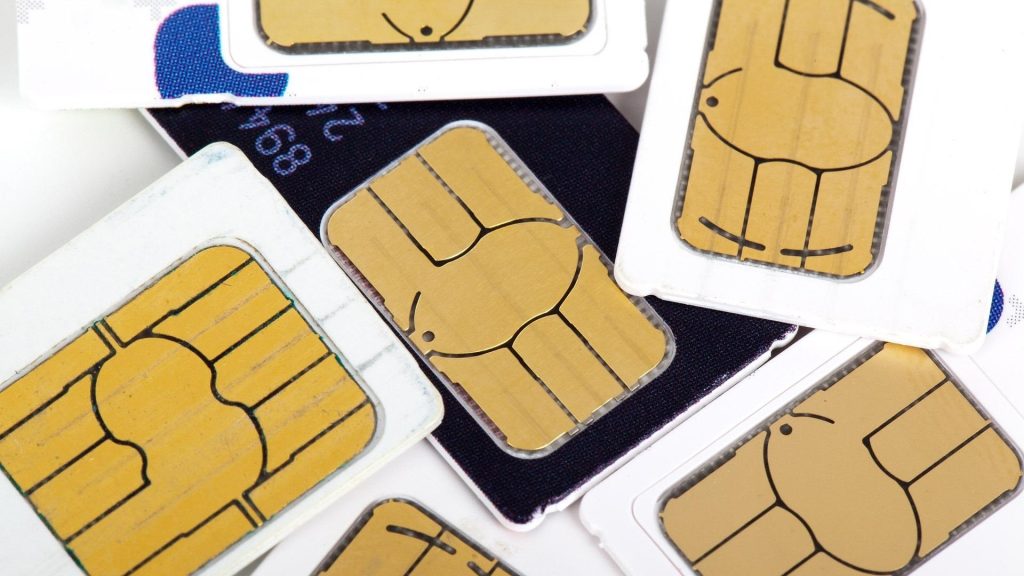
Police report a surge in SIM-swapping attacks that let criminals take control of victims’ phone numbers.
What it is
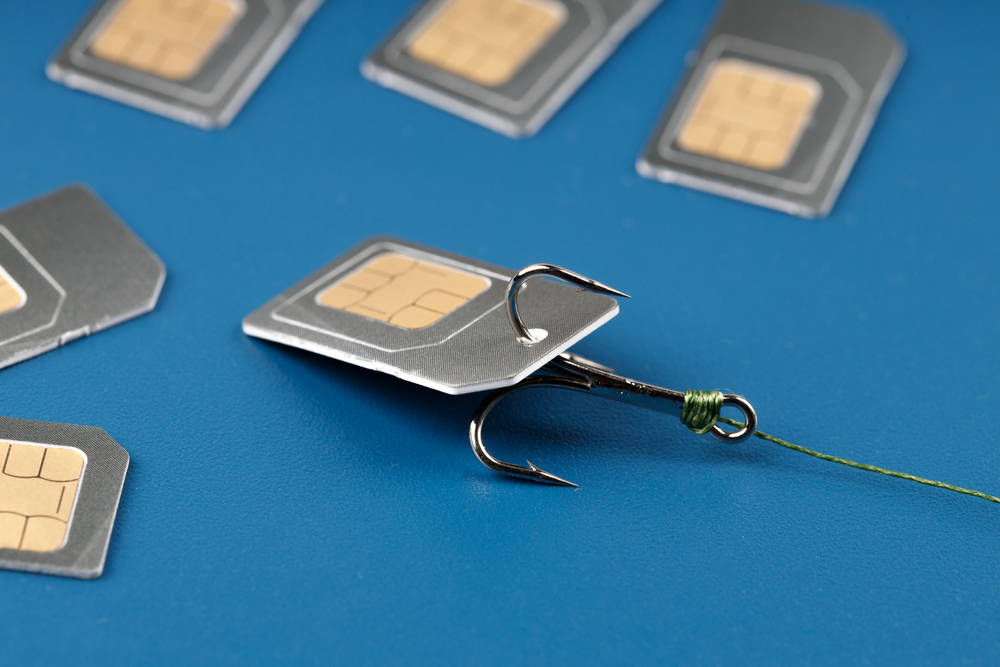
SIM swapping happens when fraudsters clone your SIM card using stolen personal data and activate it on another device.
Why it matters
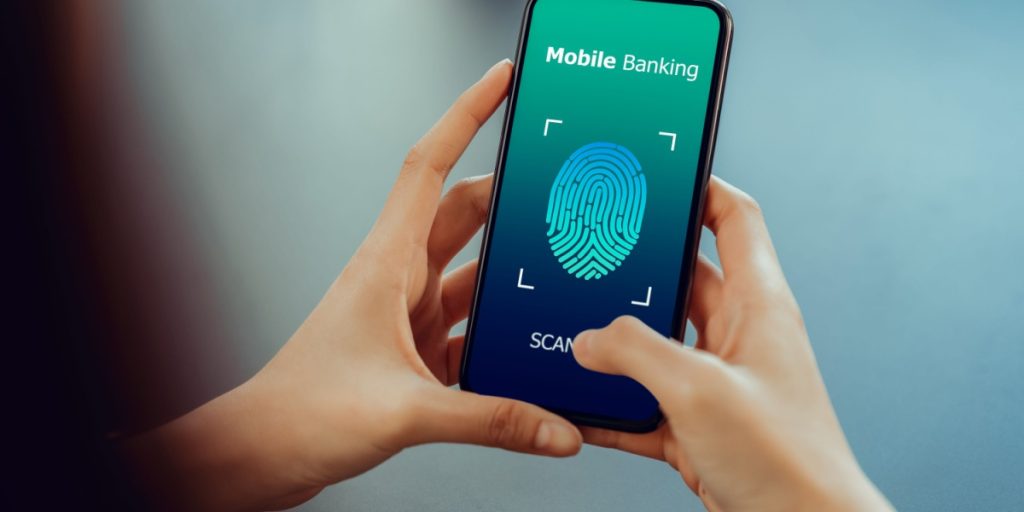
Once they control your number, they can intercept security codes, reset passwords, and access online banking.
How they get your data

Phishing messages, fake websites, and oversharing on social media give scammers the details they need to impersonate you.
Also read
The first warning sign

If your phone suddenly loses signal or won’t make calls, your SIM may already have been duplicated.
Act immediately

Contact your mobile provider to check for unauthorized changes, then alert your bank without delay.
Check your accounts

If your logins stop working or you spot unfamiliar transactions, freeze your accounts and report it at once.
Know your rights

Banks must refund unauthorized charges unless they can prove negligence or deliberate fraud.
Protect yourself

Use two-factor authentication and keep your recovery details up to date to block unauthorized access.
Also read
Think before you click

Don’t open strange links or attachments, and be cautious about what you share publicly online.
Stay vigilant
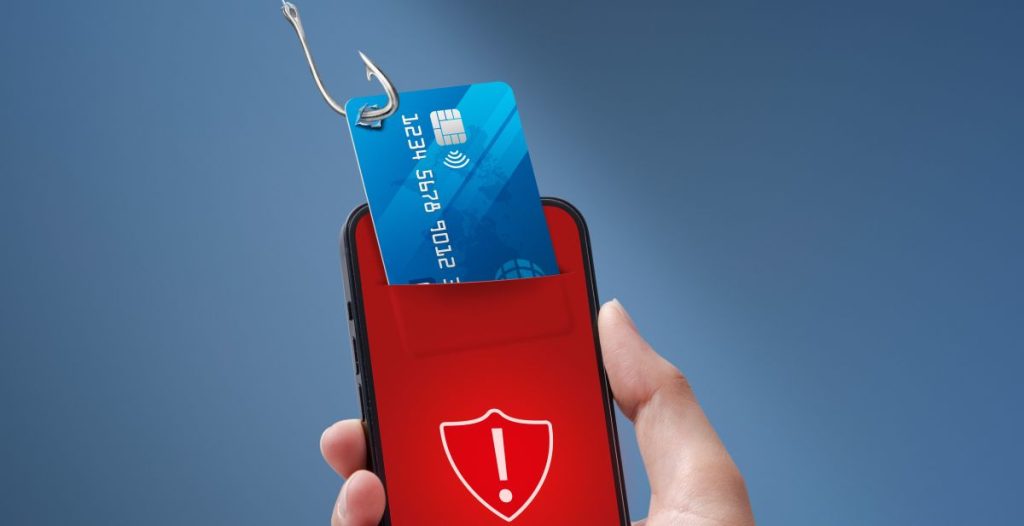
Quick action and a few smart habits can stop SIM-swapping scams before they reach your money.

